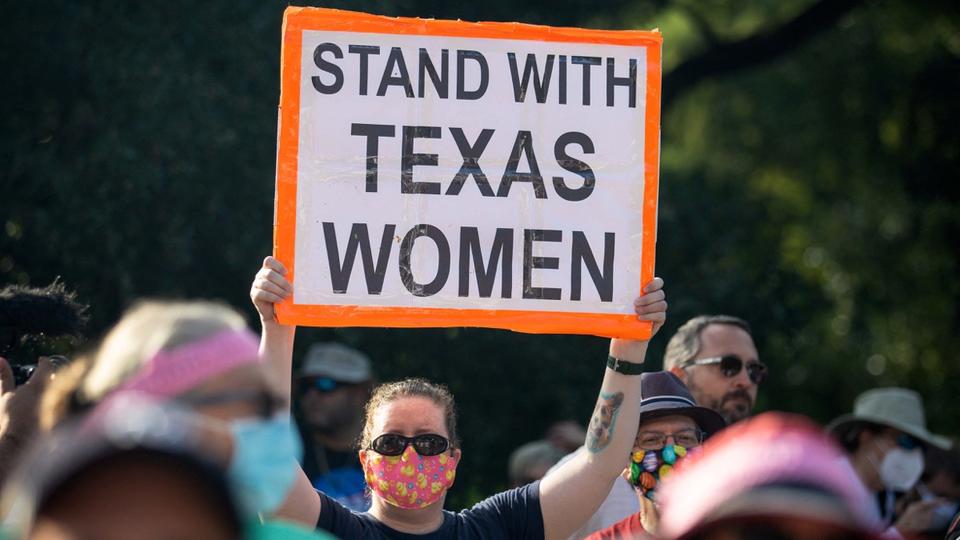A Federal Court of Appeal allowed Texas on October 8 to reinstate a law banning the majority of abortions in the conservative US state.
This ultra-restrictive law, which came into force on September 1, prohibits abortion once the embryo’s heartbeat is detected, at around six weeks of pregnancy, when most women do not know they are pregnant.
It had been temporarily blocked on October 6 by a federal judge in Texas, Robert Pitman, following a complaint from the government of Joe Biden. “This court will not allow this shocking deprivation of such an important right to continue one more day,” the judge wrote in his decision. Abortions beyond six weeks had then resumed in state clinics.
But the attorney general of Texas, Republican Ken Paxton, appealed to the federal court in New Orleans, considered one of the most conservative in the country, which ruled in his favor.
Incompatible with case law
“Big news tonight,” Ken Paxton tweeted as soon as the appeal decision was released. “I will fight the excesses of the federal government at every turn.”
The organization Planned Parenthood reacted immediately, saying the ruling “once again ignores half a century of precedent protecting the constitutional right to abortion.”
In all likelihood, the United States federal government will challenge the decision of the Court of Appeals in the United States Supreme Court. In his iconic Roe v. Wade, the latter guaranteed the right of women to have an abortion in 1973. Specifying that it applied until the viability of the fetus, ie around 22 weeks of pregnancy.
Now: Texas’s 6-week abortion ban law, SB 8, is in effect again for now – the 5th Circuit has granted a temporary, administrative stay of this week’s preliminary injunction (which halted enforcement of SB 8) to consider the state’s request for a longer stay pending appeal pic.twitter.com/wdTIH5emjm
– Zoe Tillman (@ZoeTillman) October 9, 2021
In recent years, laws comparable to that of Texas have been passed by a dozen other conservative states and struck down in court for violating this jurisprudence.
A “cruel law”
“The Supreme Court must intervene and stop this madness”, reacted in a statement Nancy Northup, president of the association Center for reproductive rights, which defends the right to abortion. “This cruel law hits harder those who already face discrimination in access to health care.”
But in September, for the first time in nearly half a century, the Supreme Court refused to block the entry into force of Texas law that similarly contravenes Roe v. Wade. The law does not provide for an exception in cases of rape or incest.
The high court justified its inaction by “new questions of procedure”, the law of Texas comprising a single device: it entrusts “exclusively” to the citizens the care of enforcing the measure by inciting them to file a complaint against organizations or organizations. people who help women to have illegal abortions.
The Supreme Court’s position in this case was seen as a “turn to the right” of the high court, which has six out of nine conservative judges, including three appointed by Donald Trump.
Towards a turnaround in Roe v. Wade?
On October 2, thousands of demonstrators took to the streets of America to defend the right to abortion.
The Supreme Court is also due to examine this fall a Mississippi law which prohibits abortion after 15 weeks of pregnancy, and could take the opportunity to write in black and white a reversal of its jurisprudence.
If the Court were to overturn Roe v. Wade, every state would be free to ban or allow abortions.
About 36 million women in 26 states, or nearly half of American women of reproductive age, would likely lose the right to abort, according to a Planned Parenthood report released in early October.
